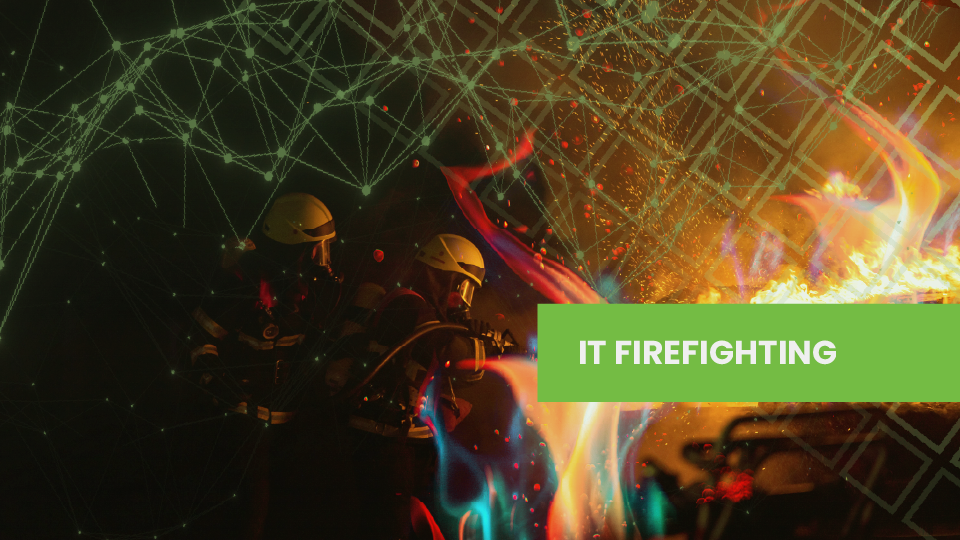Unlocking Efficiency: How Outsourcing Empowers Your Internal Team
Organizations with limited IT staff and resources face growing pressure to manage both day-to-day technical operations and strategic,...
Five Nines Team : Jul 29, 2025 12:16:18 PM
2 min read

There's a reality where your IT operations can break out of the endless break-fix cycle.
The most common challenge for IT Directors in mid-sized organizations is balance – there's an overwhelming amount of responsibility placed on IT leadership, often paired with limited resources to manage technical operations.
One of the easiest ways to digest a Director or IT leader's workload is by using the Eisenhower Matrix to break down their responsibilities into four quadrants:
 1. Urgent and Important - "Do": Crisis management, system failures, security breaches.
1. Urgent and Important - "Do": Crisis management, system failures, security breaches.
2. Not Urgent but Important - "Decide": Strategic planning, innovation, team development.
3. Urgent but Not Important - "Delegate": Routine tasks, minor issues, day-to-day support tickets.
4. Not Urgent and Not Important - "Delete": Low-priority tasks, distractions.
The reality is that many IT Directors are forced to spend the majority of their time in the first and third quadrants, putting out urgent IT "fires" due to limited staff and budget. This leaves little room for the second quadrant, where the most impactful and strategic work happens.
Why is this a problem? Because the items in the second quadrant are the ones that drive long-term success and innovation. These are the tasks that build a resilient and forward-thinking IT department.
However, the constant pressure to address urgent issues means these important tasks often get sidelined.
Often, expanding your team – especially to the size necessary to alleviate time and resource issues – isn't an option. We get it. Especially because the problem wouldn't be solved by the addition of one, or even two or three new IT team members. The reality of business IT management is that there are actually two – perhaps even three – categories of work that IT departments are responsible for, and each of these categories require their own dedicated resources, staffing, and a particular skillset to be successful.

The graphic above—created by our Founder, James Bowen, and referred to by our team as "The Shield"—illustrates a powerful framework for distributing responsibilities between internal teams and external partners. Read more in our detailed Shield article here.
While day-to-day IT operations are critical to keeping the lights on, the true power of IT emerges when it's strategic. The problem is, if you can't grow your team to alleviate the IT "firefighting", you'll always find your department struggling to get ahead of the issues, with no time to dedicate to the strategic, important but not urgent work.
It's time to rethink our approach. By advocating for better resource allocation and prioritizing strategic initiatives, we can empower IT Directors to focus on what truly matters.
Finding a partner who can handle urgent issues while supporting you in the not-urgent but important responsibilities is crucial. This collaboration can free up valuable time and resources, allowing IT Directors to drive meaningful change and innovation.
Five Nines specializes in helping organizations make this transition seamlessly. By partnering with a trusted MSP, your business can shift from firefighting to future-proofing — ensuring technology becomes a true driver of success.
Written by Steven Bartz, Director of Business Development

Organizations with limited IT staff and resources face growing pressure to manage both day-to-day technical operations and strategic,...

There are only a few times throughout the year when it is encouraged to "unplug" from your work, when you should spend time with family, eat too much...

As another year flies past, is your technology accounted for? In order to keep a well-maintained IT environment, you must make your technology a...